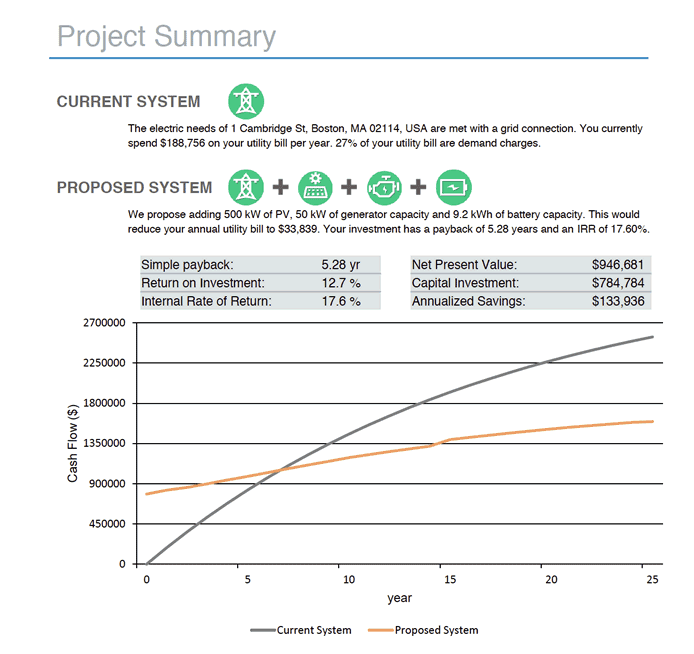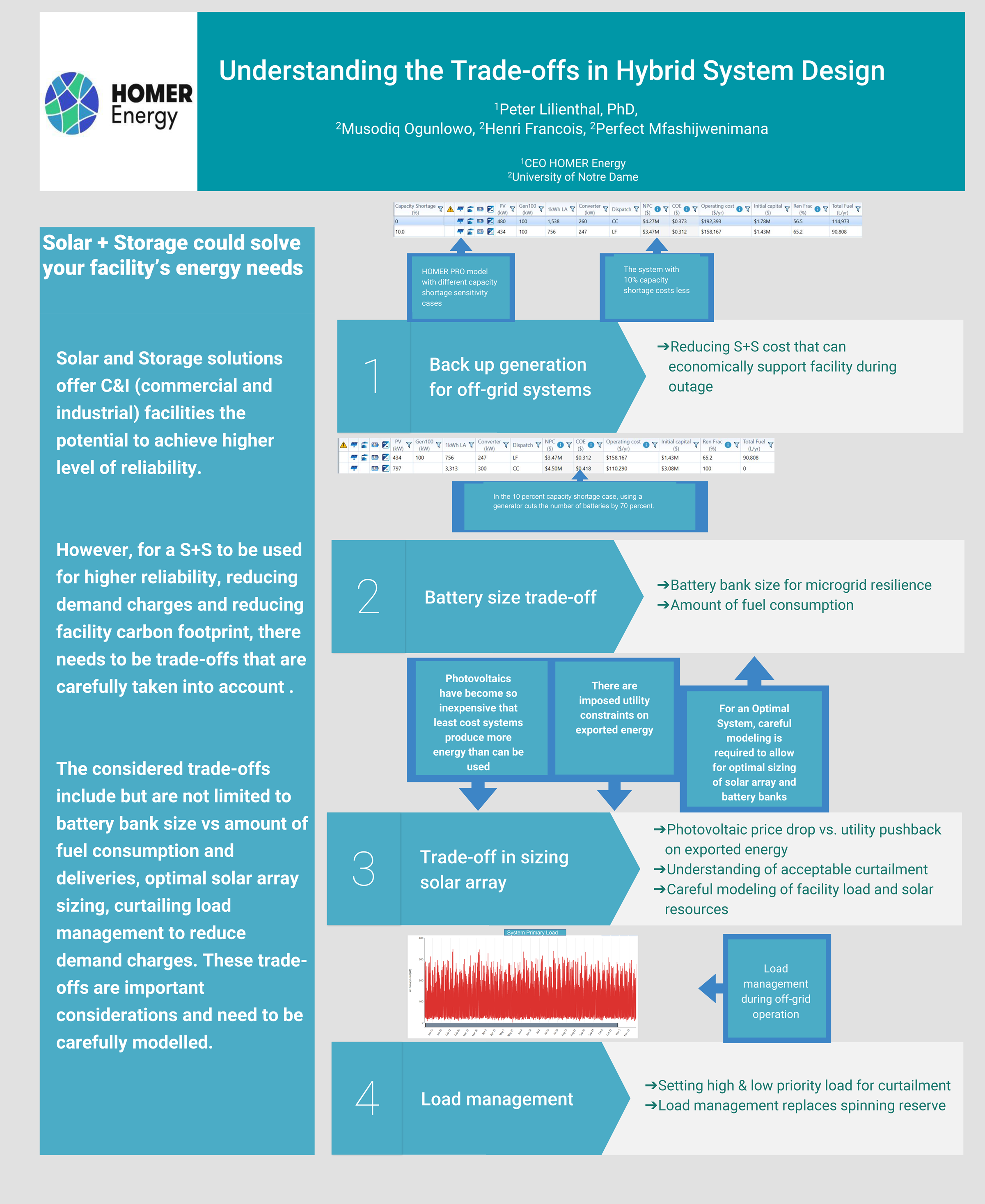
According to their peak power demand (MW) and annual energy consumption ( GWh).Energy storages are emerging as a predominant sector for renewable energy applications. Various researches have analysed the increasing need for curtailment in case other solutions are not undertaken.Case study: exploiting wind curtailed electricity in Orkney. Several researches have proven the enormous cost of curtailment that brings to an increased Levelised Cost of Electricity (LCOE) that often is not considered for feasibility studies and energy planning purposes.
Technoeconomic analysis of the battery is validated by simulations, on a proposed wind-photovoltaic system in a wind site in Southern India. They are evaluated and compared based on technoeconomic and environmental metrics as per Indian power market scenario. In the study, five major types of battery systems are considered and analyzed. The integrated system is then tested with an efficient battery management strategy which prevents overcharging/discharging of the battery. The sizing methodology is optimized using bat optimization algorithm to minimize the cost of investment and losses incurred by the system in form of load shedding and wind curtailment.
We have conducted 100+ workshops throughout the world and large number of research scholars and students are participated to attain great knowledge about Topics on Renewable Energy.India has been suffering from power shortages for three decades. It is generated from natural resources such as sunlight, wind, rain, tides and geothermal heat. IntroductionRenewable energy is the energy that collected from renewable sources.
But many problems arise in their planning, operation, and scheduling. Hybrid Renewable Energy Systems (HRES) are emerging as the key solutions to overcome the unpredictability and variability in renewables by combining two or more power sources, enabling the system to be reliable and cost-effective. According to the Renewables Global Status Report (2015) 19.1% of world energy consumption in 2013 was met by renewable energy alone.
As the energy is stored in form of electrochemical energy, the entire bulk of the battery is prone to chemical reactions. BESS comprise multiple electrochemical cells connected in arrays to deliver electricity at desired capacity and potential. Battery Energy Storage Systems (BESS) are the most mature storage technology and they offer a wide range of characteristics for varied applications. Grid level storages for implementing renewable energy integration, experimenting with energy arbitrage, and supporting ancillary services need to be explored under Indian power markets.The results indicate that the solar energy utilization is an attractive option with initial cost, net present cost of the system, and energy cost are 3,425 US, 6,233 US, and 0.561 US/kWh. Initiation of energy storage demonstration projects by the MNRE, Government of India in August, 2015 , has raised hopes to revolutionize the Indian energy storage market.
Poullikkas gave a detailed economic overview of battery storage systems for large-scale electricity storage. Presented a review of planning, operating, and controlling studies in wind and energy storage integrated systems. There are yet many challenges to be addressed for safe integration, operation, and disposal of batteries.Many studies could be found in the literature on inclusion of energy storages with HRES. Governments and research agencies are making large scale investments implementing batteries for both grid and transport applications. Recent times have seen tremendous advancements in BESS with the emergence of advanced rechargeable valve-regulated lead-acid batteries, sodium batteries, lithium batteries, and flow batteries. Developing technology and material science enabled design of materials which allow this ingress of reactions up to several thousand times, thus evolving rechargeable batteries with reduced maintenance.
These studies were conducted on standalone systems and the authors evaluated the economic costs of BESS. These results also proved the batteries to be a standard choice for HRES integration. Prodromidis and Coutelieris simulated and analyzed nine types of HRES with storages like batteries and flywheels based on the net present costs of systems. Further expansion of the HRES with a fuel cell hydrogen storage system was attempted and the results proved the batteries to be a better investment option.


These studies provide a benchmark for the current study in terms of sizing results for the battery system. Published a feasibility study for wind-PV-battery HRES using HOMER and portrayed the effects of individual system configurations on the HRES performance. Explored the effect of power flow control strategy on sizing of energy storage by imposing fuzzy and artificial neural network control strategies. But, if the nominal size of the BESS exceeds that of the system it may cause more expenses and design issues. The results proved that a higher rating of BESS can aid in higher renewable penetration and gain more advantages by controlling power bids.
Homer Energy Cost Of Curtailment Free Storage Technology
Additionally, this paper also evaluates an avoided cost of emissions to point out the significance of investing in emission free storage technology.This paper presents a feasibility study of integrating battery storage to a Wind-PV HRES. Also, many system metrics including payback periods and net present costs are explored for battery storages to investigate the investment feasibility. The presented case study explores the economic aspects of investing in energy storages under Indian markets which are governed by fixed tariff rates. Dufo-López concluded that, for introducing storage to AC grids, an adequate TOU tariff and drop in battery costs are crucial to ensure profitability. A study by Kaabeche and Ibtiouen proposed an optimal configuration of a wind-PV HRES considering economic metrics including net present costs, cost of energy, and energy deficits. In , the authors exhibited an excellent cost analysis for solar PV systems based on payback periods.
Hence, the aim of peak shaving is to improve power delivery and not energy arbitrage. Simulations are carried out in MATLAB and all evaluations are done based on Indian power market scenario. The performance of each battery is simulated and comparisons are made based on technoeconomic metrics. The sizing methodology is then validated with a 275 kW grid-connected wind-PV hybrid renewable system and tested with five different types of batteries. An optimized sizing methodology for evaluating the battery capacity and cost which successfully satisfies all power constraints is proposed.
Modeling of System ComponentsThe Hybrid Renewable Energy System shown in Figure 1 consists of a 200 kW wind turbine MICON M450-200 which has an asynchronous machine operating at 400 V whose specifications can be seen at. The last section summarizes the simulation results and comparative analyses of the battery systems. The performance and economic analysis of different batteries are entailed in Section 4. A brief summary of types of battery systems and the sizing methodology are explained in detail in Section 3. Section 2 entails modeling of system components and scheduling of power dispatch. The paper is structured as follows.



 0 kommentar(er)
0 kommentar(er)
